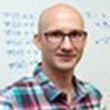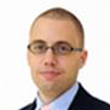Our Programmes
Surprising Science
Chemistry
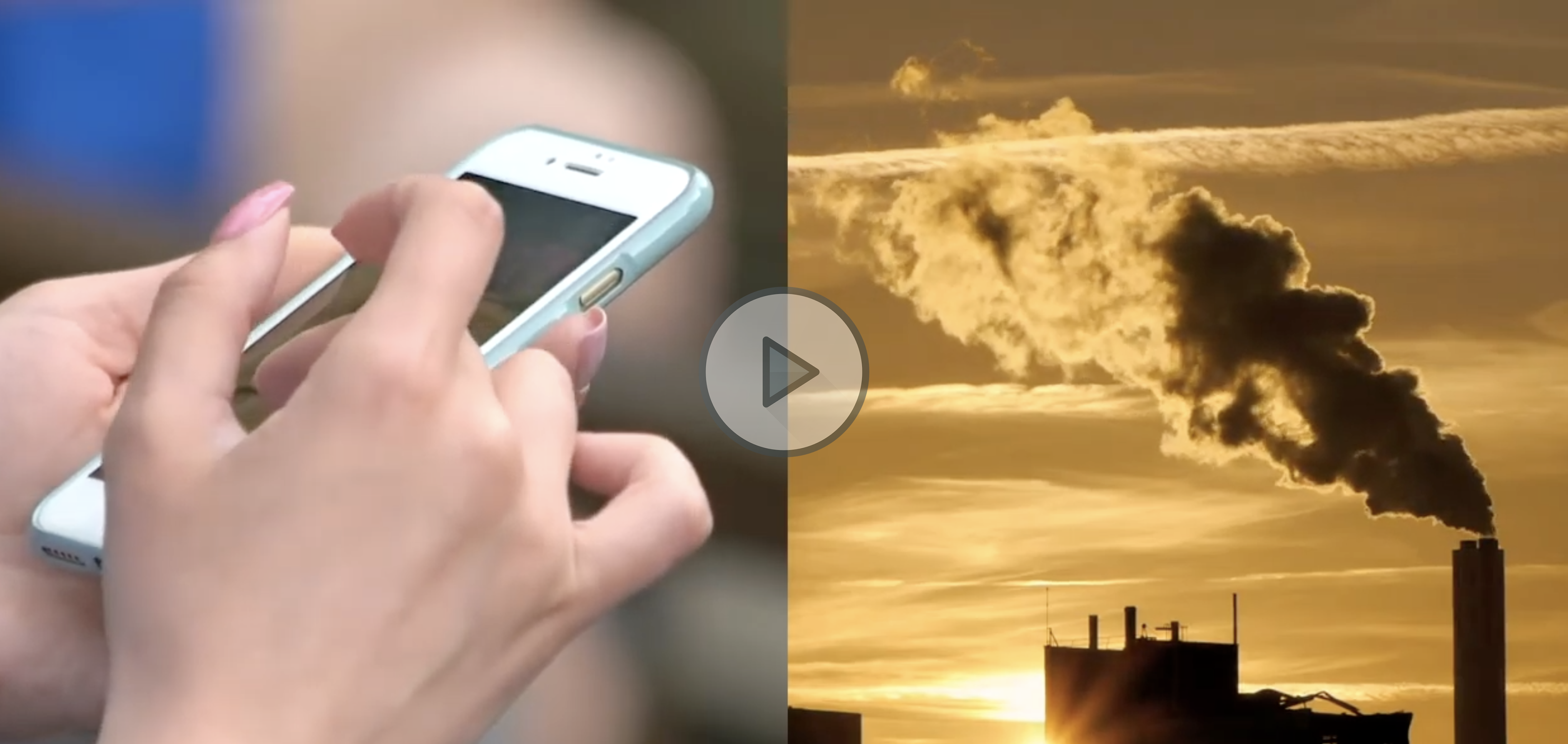
Prof Yeo Boon Siang, Jason
Department of Chemistry
Prof Yeo studied Chemistry in NUS, where he received his B.Sc. (Hons) and M.Sc. degrees. He obtained his Ph.D. from ETH Zurich, and undertook postdoctoral research at the Lawrence Berkeley National Laboratory. His work focuses on developing efficient electrocatalysts for sustainable energy conversion reactions, such as the reduction of carbon dioxide to liquid fuels. Prof Yeo is also group leader of the Solar Fuels Laboratory in the Solar Energy Research Institute of Singapore.
Carbon Dioxide – Harmful or Useful?
Carbon dioxide (CO2) is a greenhouse gas. High concentrations of it will lead to harmful climate changes. Prof Jason Yeo shows how to convert CO2 to high value molecules, such as ethylene and ethanol. This transformation is achieved by using cheap copper catalysts, water and electricity, which can be generated renewably using solar panels.
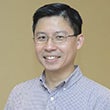
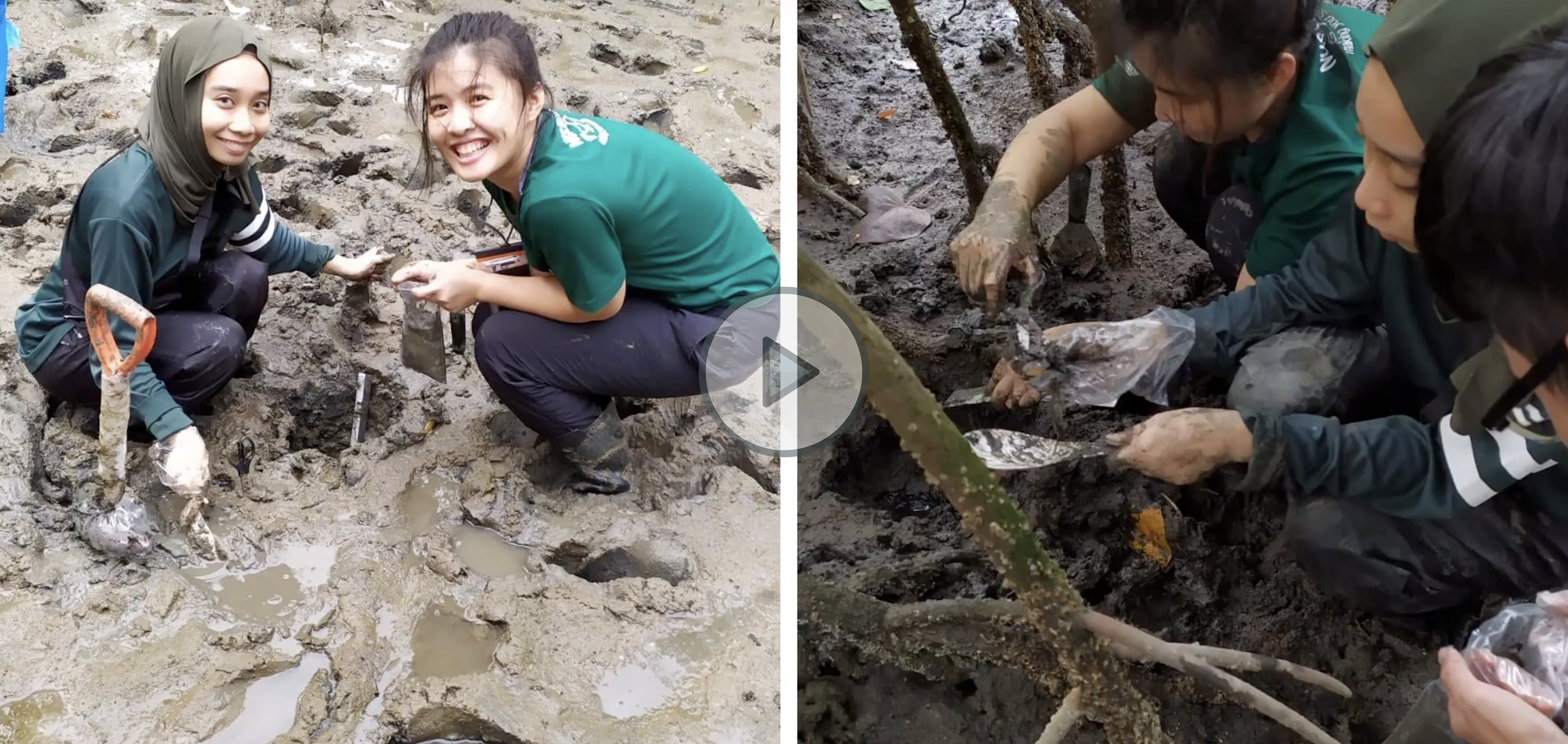
Prof Ryan Bettens
Department of Chemistry
Prof Bettens received his B.Sc. (Hons) in Chemistry from the University of Queensland, and obtained his Ph.D. in Chemistry from Monash University. He did his postdoctoral research at ETH Zurich and Ohio State University. He was also a Research Fellow at the Research School of Chemistry, Australian National University. Prof Bettens’ work focuses on the understanding and accurate description, via computational chemistry, of inter- and intra-molecular interactions, which will ultimately be applied to the dynamics of large systems like proteins, nucleic acids and bulk matter. Prof Bettens has been awarded multiple Faculty teaching excellence awards, is on the honour roll and is a fellow of the NUS Teaching Academy.
One Degree, Many Opportunities
Most of us associate chemistry with a scientist in a laboratory coat, testing reactions in fancy glass test tubes. The reality is different, and more exciting. Chemistry as a discipline encompasses far more. Prof Ryan Bettens explains how studies in chemistry open the door to many career opportunities in diverse sectors.

Computational Biology

Prof Timothy Saunders
Computational Biology Programme
Prof Saunders received his Bachelor and Master degrees in Physics from Cambridge University and his D. Phil. in Theoretical Physics from the University of Oxford. As a postdoctoral researcher, he moved into applying computational and physics approaches to biology, with positions in the United Kingdom and Germany. He started his laboratory in NUS’ Mechanobiology Institute in 2013. He is also a Faculty member of NUS’ Department of Biological Sciences. Prof Saunders was recently awarded an EMBO Global Investigator award for his work.
Biology: From Qualitative to Quantitative Science
Modern biology involves integrating quantitative techniques from physics, engineering and chemistry along with computational approaches from statistics and computer science. Prof Timothy Saunders explains how he utilises these quantitative and analytical approaches in his laboratory – along with the humble fruit fly – to gain insights on how organisms develop from a single fertilised cell to a functioning adult.
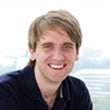
Data Science and Analytics
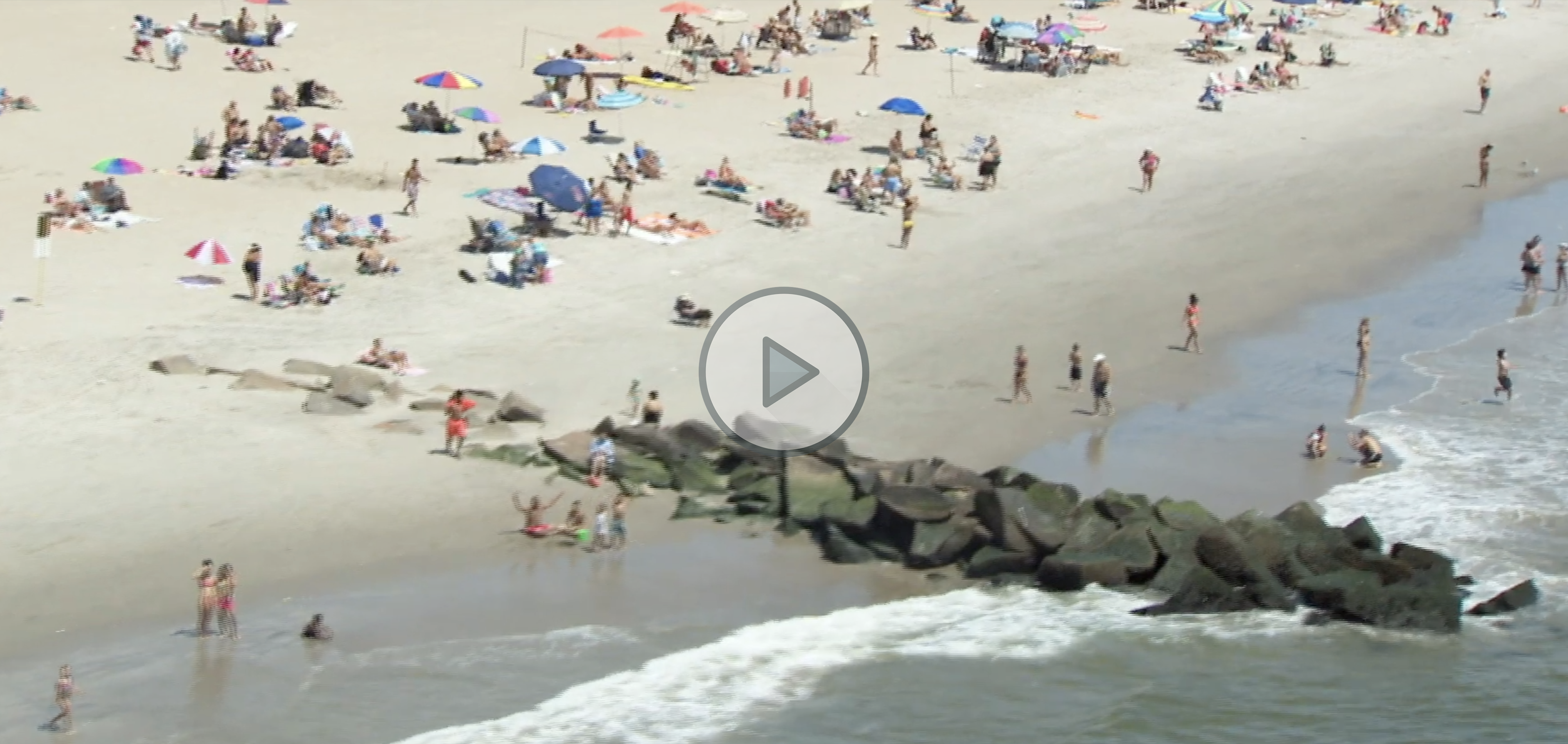
Prof Sun Baoluo
Data Science and Analytics Programme
Prof Sun received his B.Sc. in Biomedical Engineering from Johns Hopkins University, and his Ph.D. in Biostatistics from Harvard University under the A*STAR (Agency for Science, Technology and Research) National Science Scholarship. He is currently an Assistant Professor in the Department of Statistics and Applied Probability. His research interests lie in causal inference, missing data and the development of data analytic methods for health and social sciences.
Causal Inference
It is often said that “correlation does not imply causation”. Here, Prof Sun Baoluo discusses why causal inference is important for translating the insights gleaned from Big Data through data analytics into actionable knowledge for informed decision-making. He also delves into opportunities to conduct causal inference research in Singapore.

Environmental Studies
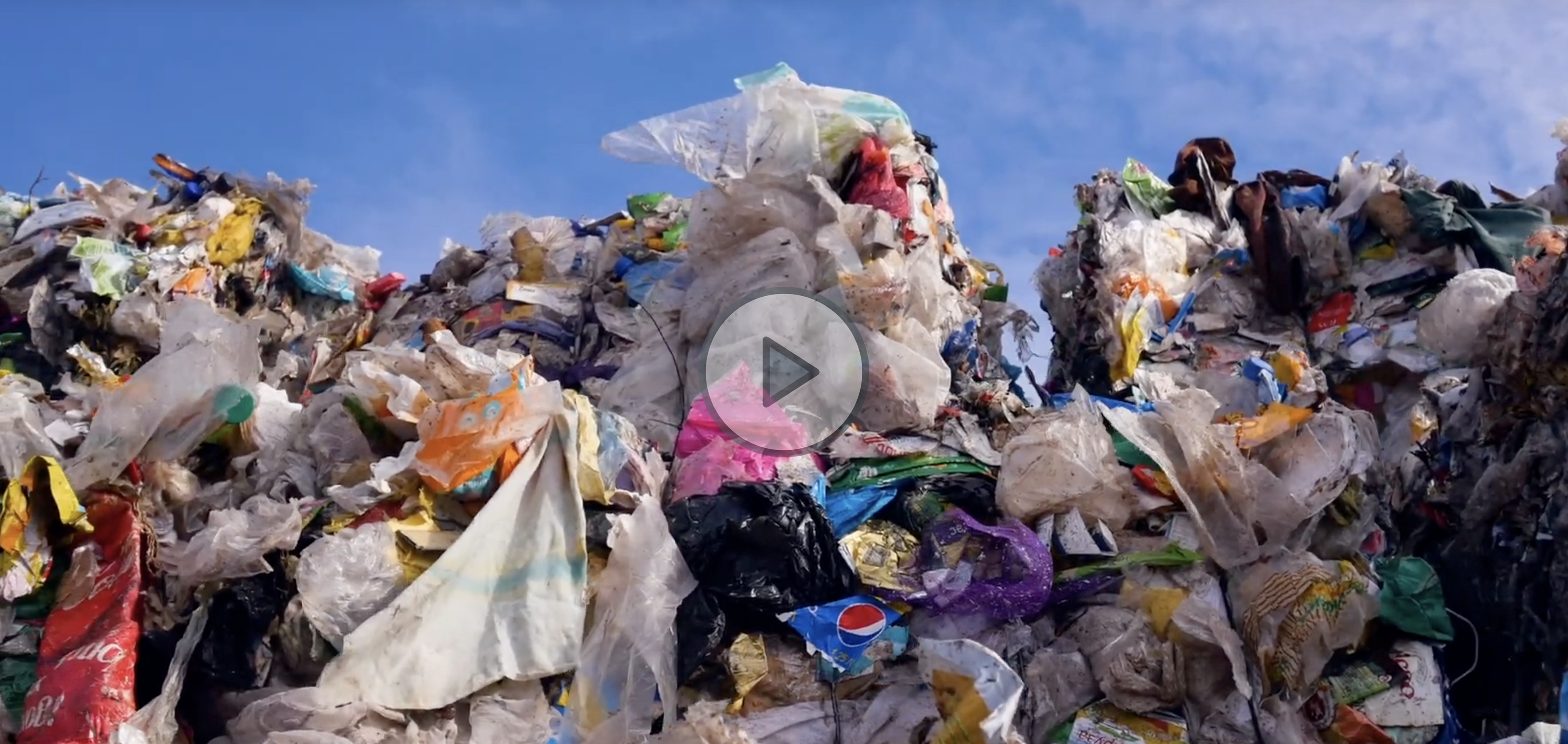
Dr Joanna Coleman
Department of Biological Sciences
Dr Coleman is on a mission to contribute meaningfully to conservation and sustainability. Her research mainly targets urbanisation, a key driver of the environmental crisis. She studies its impacts on wildlife and on human-nature relationships, and the potential for urban animals to render ecosystem services. Much of her research is interdisciplinary – a lot like her teaching, which aims to help students develop their environmental ethics, creativity, critical thinking, collaboration and resilience – all of which are necessary for us to solve this crisis.
Waste in the Environment
We are confronting an environmental crisis – arguably the greatest challenge humanity has ever faced. Here, Dr Joanna Coleman explains how we got to this point and how it relates to our daily behaviours, including the consumption and disposal of plastics.
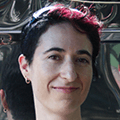
Food Science and Technology
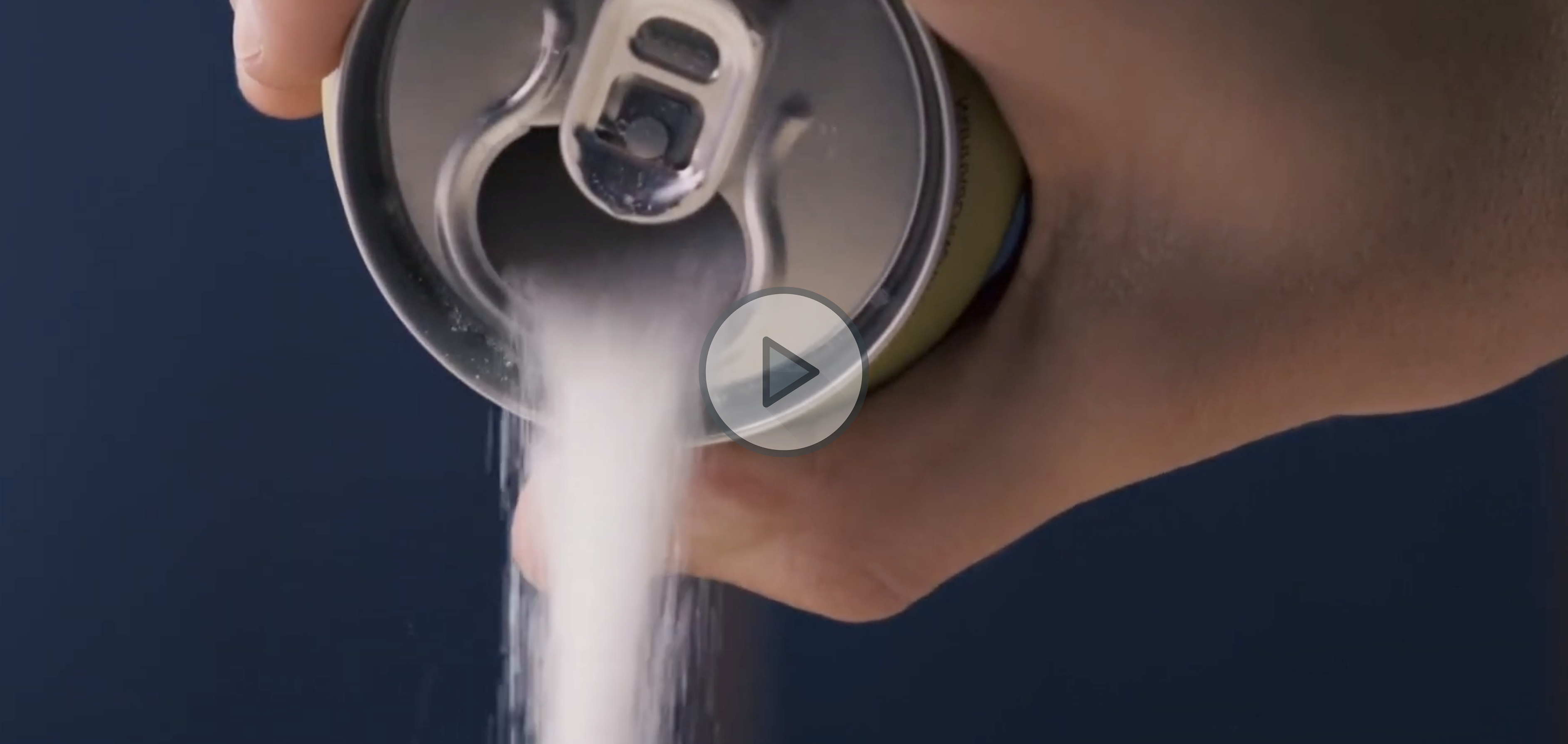
Dr Leong Lai Peng
Department of Food Science and Technology
Dr Leong received her Ph.D. in Food Science from the Procter Department of Food Science, University of Leeds. She is one of four pioneer faculty members at NUS’ then Food Science and Technology Programme (now the Department of Food Science and Technology). Dr Leong is actively involved in new food product development, exploring novel functional ingredients in foods, and studying their chemistry, applications and consumer acceptance. She also contributes to Singapore’s food safety standards, and is involved in the Singapore Accreditation Council, Singapore National Academy of Science and Singapore National Institute of Chemistry.
Sweet, Yet Not Diabetic!
Although sweeteners are all sweet in nature, consumers may be able to detect sweeteners that will influence their acceptance of a product. Can you tell the difference between products sweetened by zero calorie sweeteners and table sugar? Sensory evaluation is a scientific method that can be used to discover consumer perceptions of a newly developed food product.
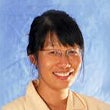
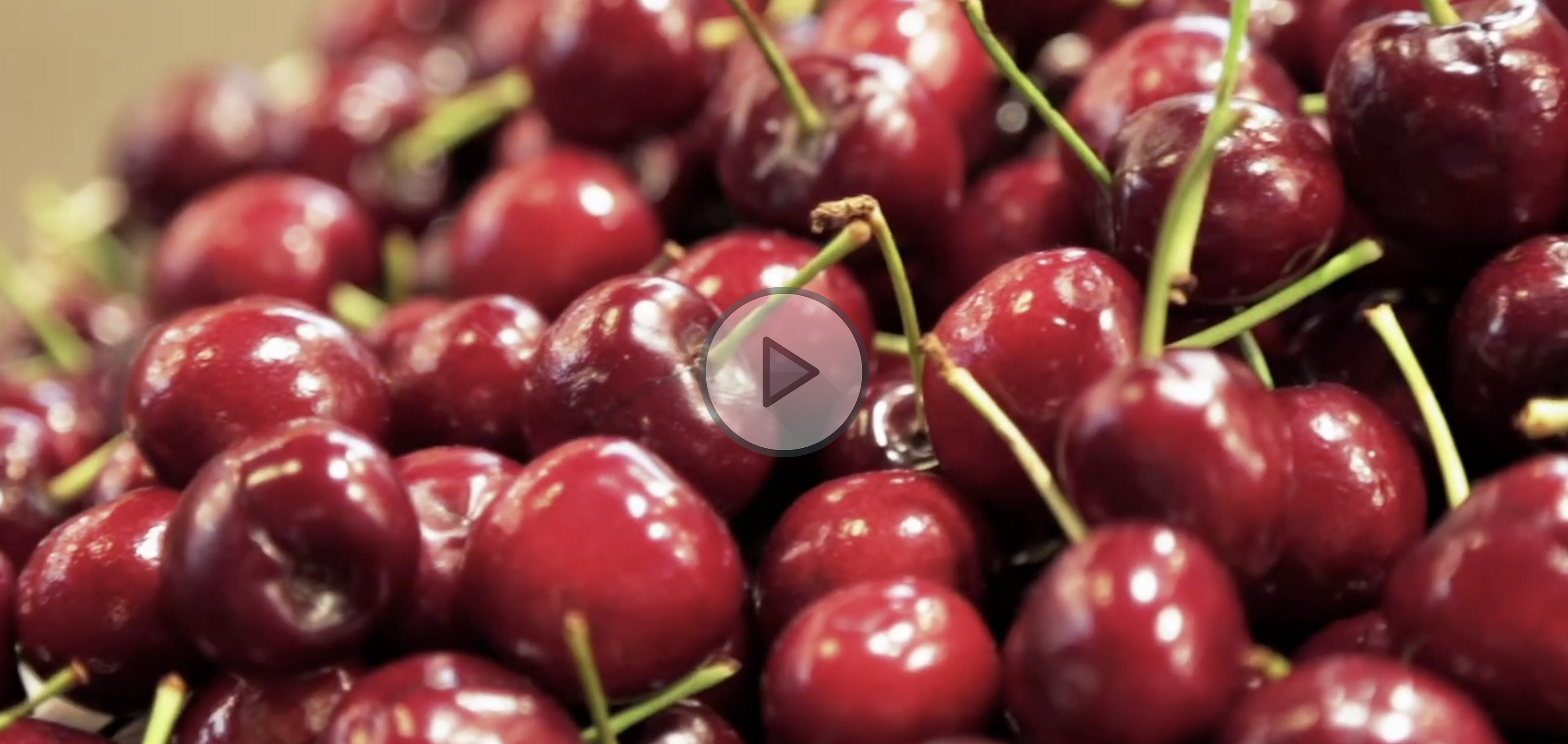
Prof Philip Barlow
Department of Food Science and Technology
Prof Barlow obtained his B.Sc. in Environmental Health from Aston University and Ph.D. in Food Science and Nutrition from Leeds University. He specialises in food safety and nutrition, with particular interest in food forensics – which looks at the provenance of food and its detailed composition ranging from the nutrients present to possible contaminants. Prof Barlow was the first Director of the Food Science and Technology Programme (now the Department of Food Science and Technology). He is currently a lecturer on human nutrition at the department, and teaches a General Education module on food and health. Prof Barlow has also worked as a food inspector and consultant in food contamination investigations.
A Rainbow Diet for Better Health
Prof Philip Barlow explains how you can maintain a well-balanced diet by choosing a range of different coloured foods. Red tomatoes give us lycopene, orange carrots are the precursor for Vitamin A and green foods provide Vitamin C and Vitamin B. A variety of colour also makes food more attractive on our plate!
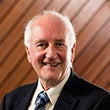
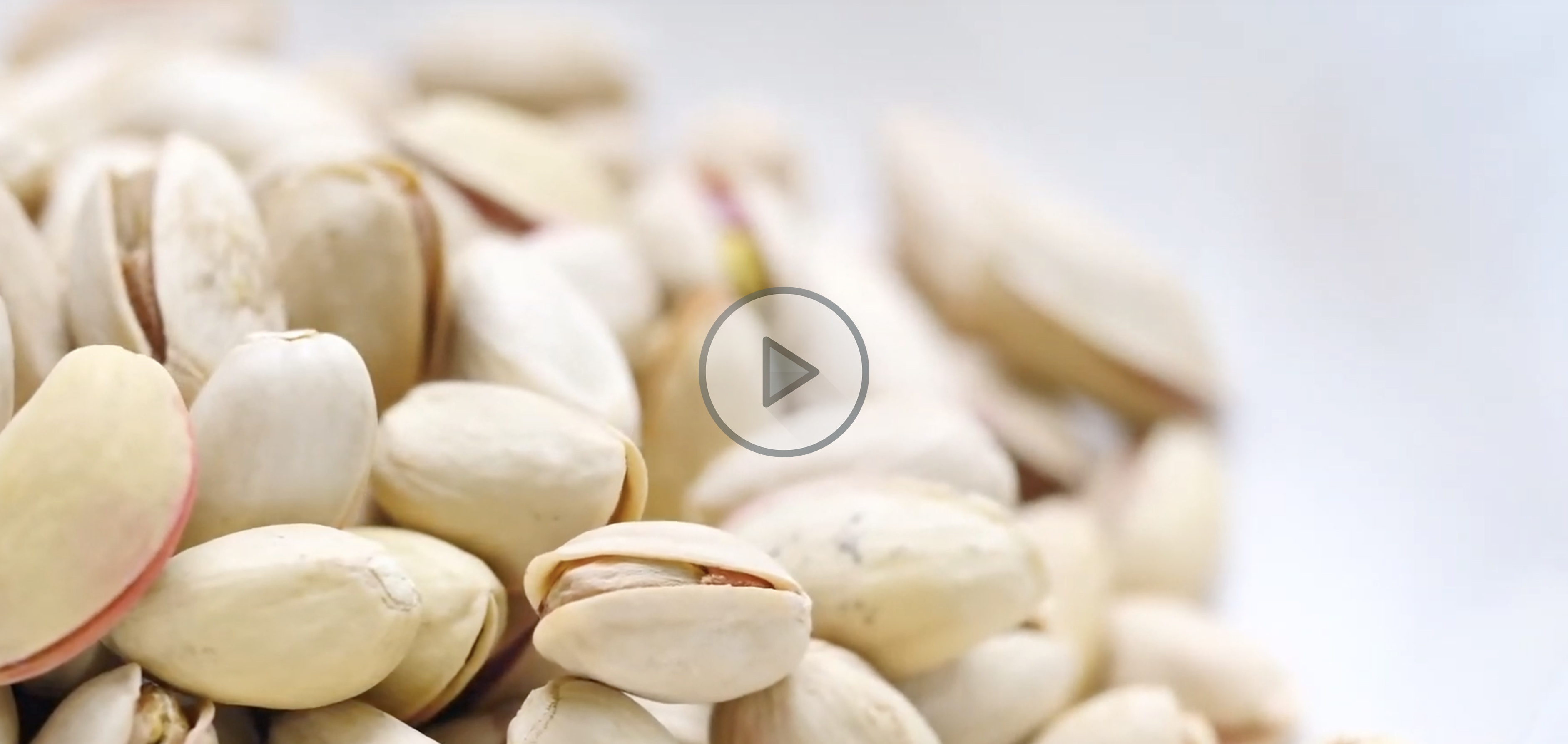
Prof Philip Barlow
Department of Food Science and Technology
Prof Barlow obtained his B.Sc. in Environmental Health from Aston University and Ph.D. in Food Science and Nutrition from Leeds University. He specialises in food safety and nutrition, with particular interest in food forensics – which looks at the provenance of food and its detailed composition ranging from the nutrients present to possible contaminants. Prof Barlow was the first Director of the Food Science and Technology Programme (now the Department of Food Science and Technology). He is currently a lecturer on human nutrition at the department, and teaches a General Education module on food and health. Prof Barlow has also worked as a food inspector and consultant in food contamination investigations.
Hidden Dangers in Some of Your Food
How do we know what is in food? Prof Philip Barlow brings us through various ways. One is to look at the food label, which is a good guide to the major components of a food product. The label also indicates specific components that we might have to avoid if we have food allergies or food intolerance. Sometimes it is necessary to conduct laboratory testing to find out what else might be in our food. This would include looking for contaminants such as pesticide residues or the presence of toxic metals. As we cannot see bacterial contamination, it may also be necessary to screen foods for the presence of pathogenic bacteria.

Life Sciences
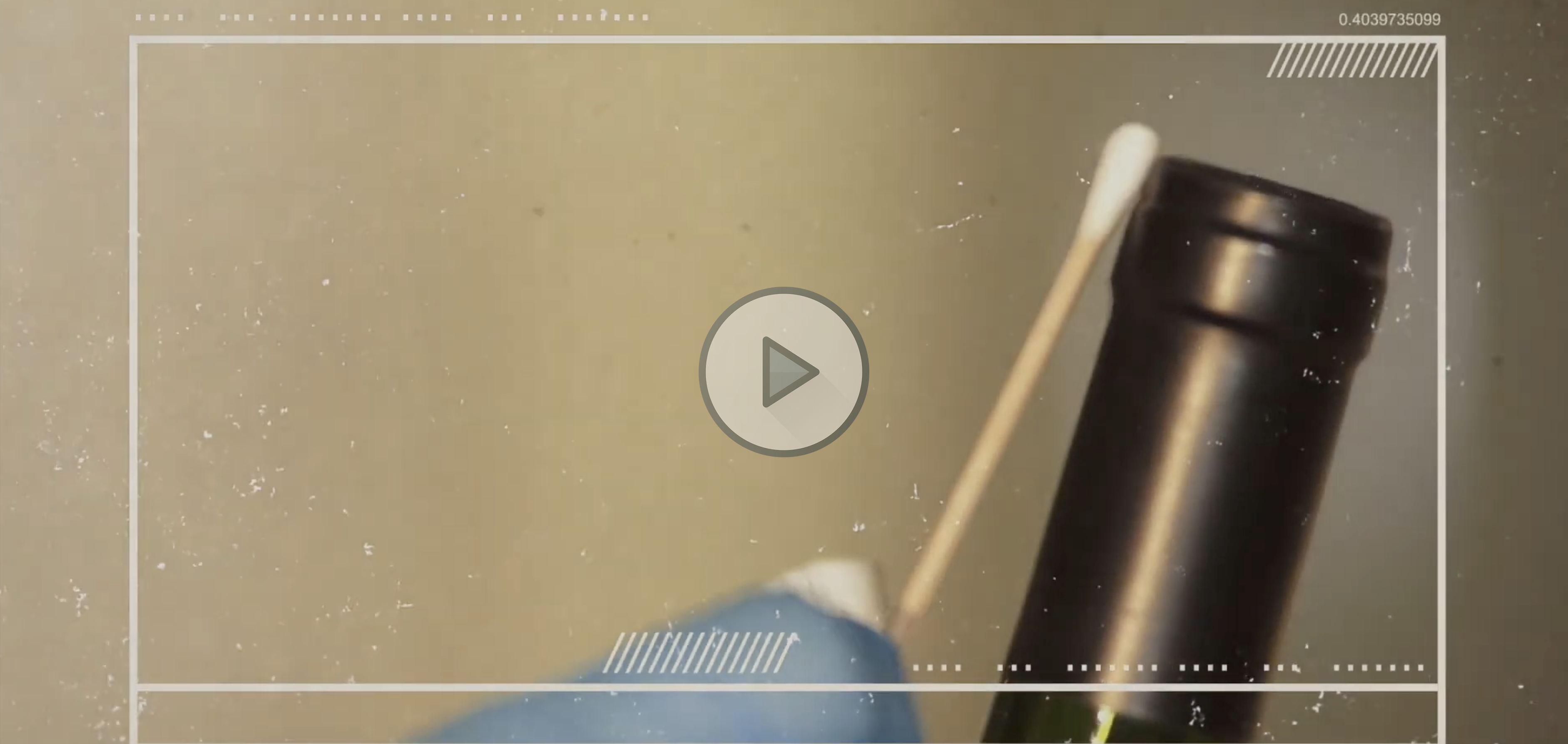
Prof Stella Tan
Department of Biological Sciences
Prof Tan has postgraduate academic qualifications in law, forensic science and science. She was previously Deputy Senior State Counsel, Attorney-General’s Chambers and Director (Prosecution and Legal Policy) at the Health Sciences Authority, where she provided legal advice and practical training to forensic experts. She has co-authored papers on stem cell research, therapeutic cloning and germline modification for the National Bioethics Advisory Committee. Her interest in nurturing students won her consecutive Dean’s Meritorious Teaching Awards. Prof Tan is also Assistant Dean (Student Life) at the Faculty of Science and Director of NUS’ Forensic Science Programme.
Inside a Crime Scene Investigation!
Prof Stella Tan shows how forensic light sources are utilised in criminal investigations to enhance visualisation of evidence, especially those that are difficult to detect with the naked eye. See how physiological fluids, such as urine and semen, fluoresce under different wavelengths of light, and how Raman Spectroscopy can identify an unknown substance based on its chemical fingerprint.

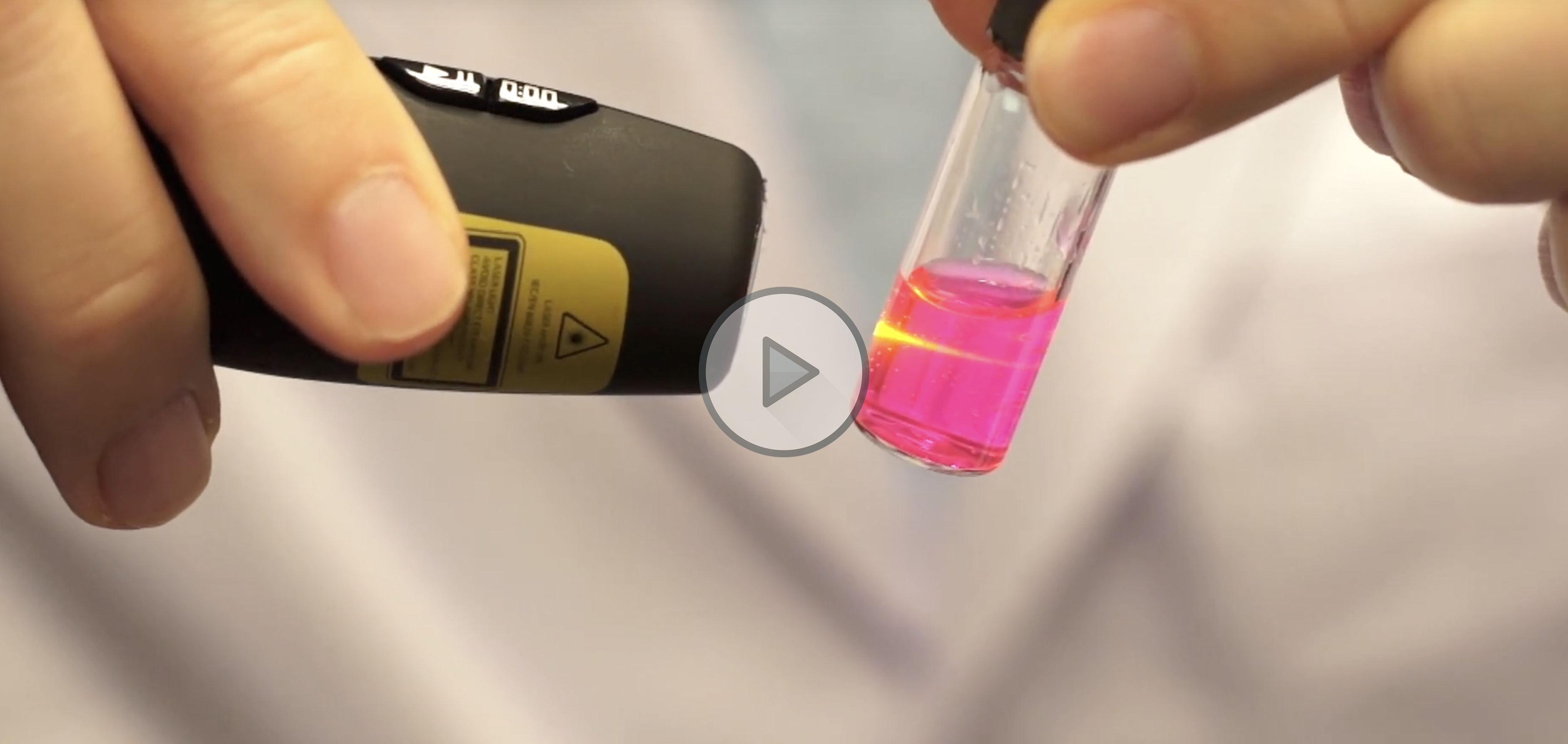
Prof Thorsten Wohland
Department of Biological Sciences
Prof Wohland studied Physics at the Technical University of Darmstadt and the University of Heidelberg. He conducted his diploma thesis at the European Molecular Biology Laboratory and obtained his Ph.D. in Biophysics at the Swiss Federal Institute of Technology in Lausanne, for theoretical and experimental work on fluorescence correlation spectroscopy. He joined NUS following a two year postdoctoral stint at Stanford University where he worked on single molecule detection. His research aims at developing new bioimaging and fluorescence single molecule detection techniques, and using them to throw new light on how biological processes work. Prof Wohland is also a Professor in NUS’ Department of Chemistry.
Frontiers in Bioimaging
Single protein molecules are the smallest unit working in our bodies. To find them and observe how they act and function is the aim of single molecule fluorescence detection. Bioimaging and single molecule detection helps us understand how our bodies work, one molecule at a time. However, finding a single molecule in a cell or organism is like looking for a needle in a haystack…only that the haystack is much, much larger than you can think of! To do this, Prof Thorsten Wohland uses lasers and state-of-the-art detection technology, as well as expertise in biological sample handling and computation, to tease out the information from the molecules that are imaged.
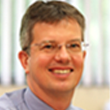
Mathematics
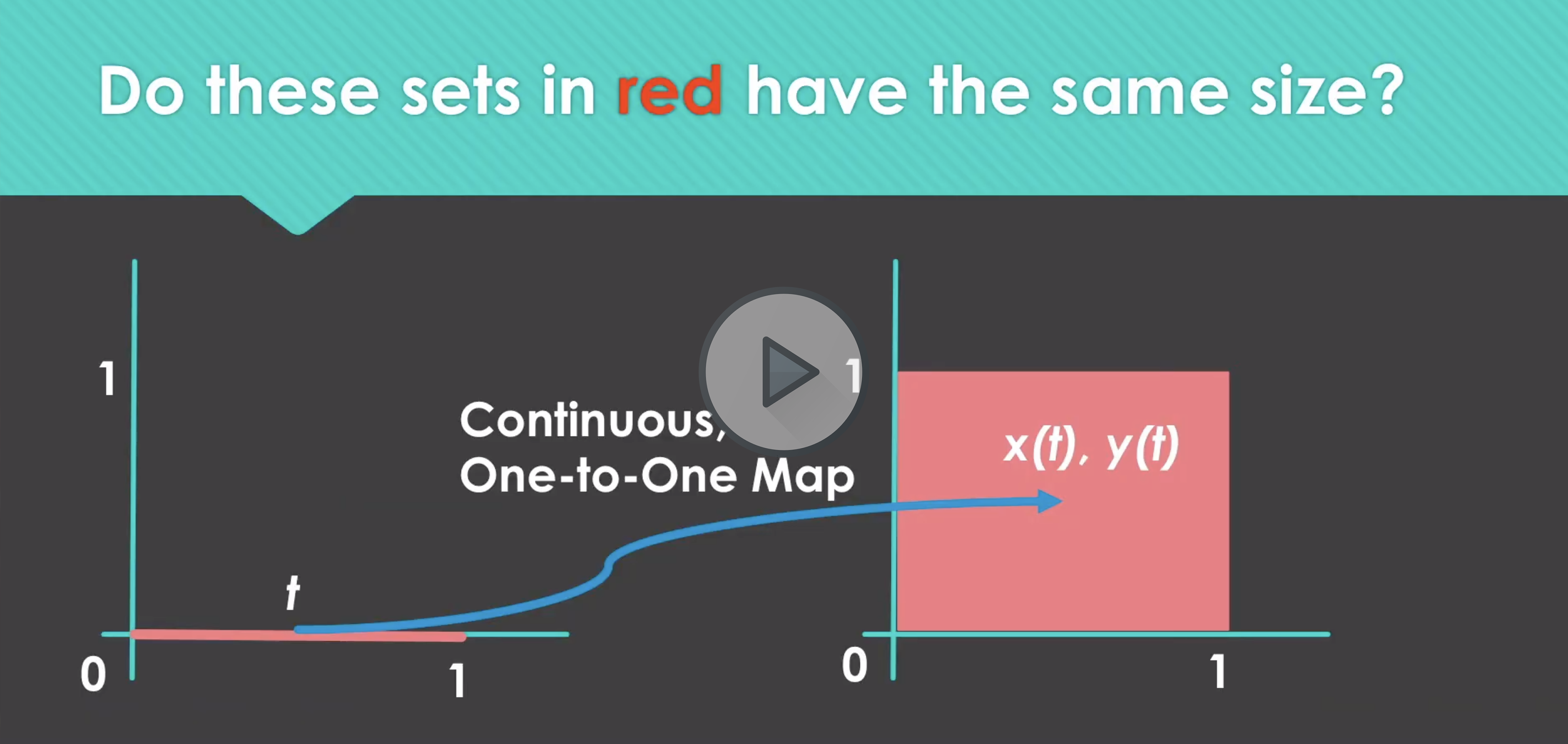
Prof Vincent Tan
Department of Mathematics
Prof Tan received his B.A. and M.Eng. degrees in Electrical and Information Sciences from Cambridge University in 2005, and his Ph.D. degree in Electrical Engineering and Computer Science from the Massachusetts Institute of Technology in 2011. His research interests include machine learning and statistical inference. He has won several awards for his research and teaching. Prof Tan is also Dean’s Chair Associate Professor at NUS’ Department of Electrical and Computer Engineering and NUS’ Department of Mathematics.
Space-filling Curves and Their Applications
Prof Vincent Tan describes the concept of a space-filling curve, which is a strange mathematical oddity. Cantor showed that the set of points on the unit interval [0,1] has the same cardinality as that of the unit square [0,1]2. Can we construct a continuous curve that maps from the unit interval onto the unit square? Prof Tan shows through an elementary construction of such a fractal that this is indeed possible. He also discusses some real-life applications of fractals in finance.

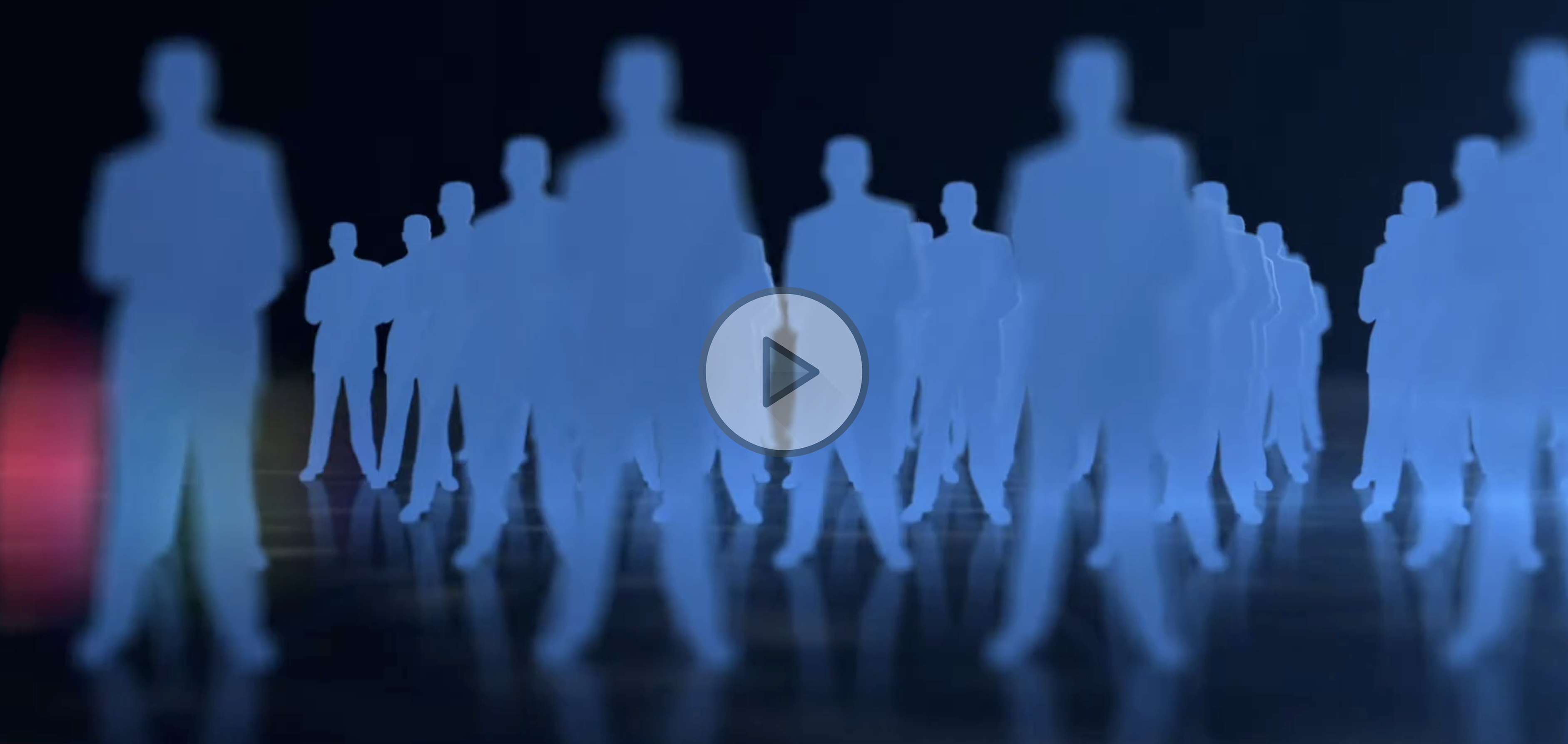
Dr Ng Kah Loon
Department of Mathematics
Dr Ng received his Ph.D. in Mathematics from NUS. His research interest is in the application of graph theory to other areas outside mathematics. Dr Ng is a recipient of many teaching awards at the Faculty and University levels. Dr Ng is also Assistant Dean in the Faculty of Science’s Undergraduate Studies section.
Modelling Epidemics with Networks
In curbing the spread of an infectious disease, the traditional focus is in understanding the disease itself and how the human body fights against infection. Dr Ng Kah Loon explains how mathematics surprisingly lends a helping hand in modelling the structure of the community in which the disease is spreading. Mathematical quantities, like the degree of clustering in a network, can provide insights to guide intervention strategies like quarantines and vaccinations.
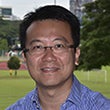
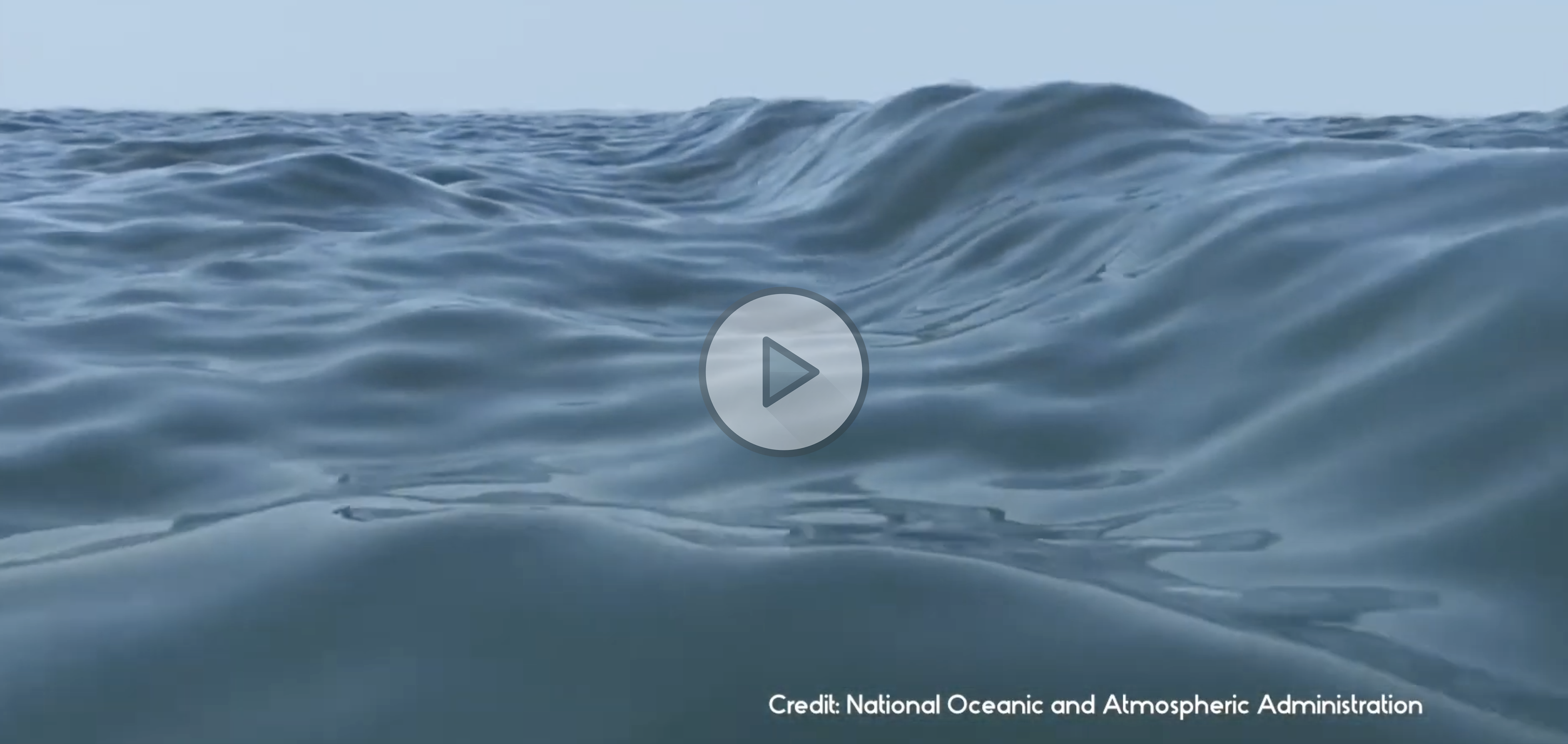
Prof Brett McInnes
Department of Mathematics
Prof Brett McInnes received his B.Sc.from University of Queensland, and his M.Sc. and Ph.D. from University of Sydney. Prof McInnes conducts research in mathematical physics, specifically in string theory, black hole theory, and their applications to nuclear physics, and has published nearly 100 scientific papers on those and other subjects. He is interested in teaching applications of mathematics to a wide range of problems in general relativity, mathematical biology, and many other topics.
Mathematics of Tsunamis
By using satellite radar ranging, it will be possible in the near future to detect disturbances on the surface of the ocean, anywhere on Earth. This will be extremely useful if it can be applied to detect tsunamis when they are still far from shore. Then there may be time to warn coastal populations, potentially saving tens of thousands of lives. Mathematical modelling of tsunamis allows us to predict the exact shape of the wave, given its speed. By correlating the shape and the speed, it may be possible to distinguish tsunamis from all of the other waves on the surface of the ocean, and so detect them.
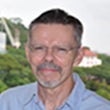
Physics

Prof Alexander Ling
Department of Physics
Prof Ling received his Ph.D. from NUS, and has worked at the National Institute of Standards and Technology in the United States of America. He is a pioneer in small and portable quantum optical systems that can be used for quantum key distribution and random number generation. His devices can be found in Singapore’s urban fibre networks, and also in satellites in space. Prof Ling is also Principal Investigator at the Centre for Quantum Technologies, a National Research Centre of Excellence in Singapore that drives basic research in quantum physics and builds devices based on quantum phenomena.
A Quantum Leap into the Future
Prof Alexander Ling introduces SpooQy-1, the world’s first compact quantum nanosatellite which provides a glimpse into innovative satellite communication technology of the future. He also shares how physicists at NUS are building quantum satellites and other quantum devices for next generation communications.
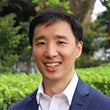
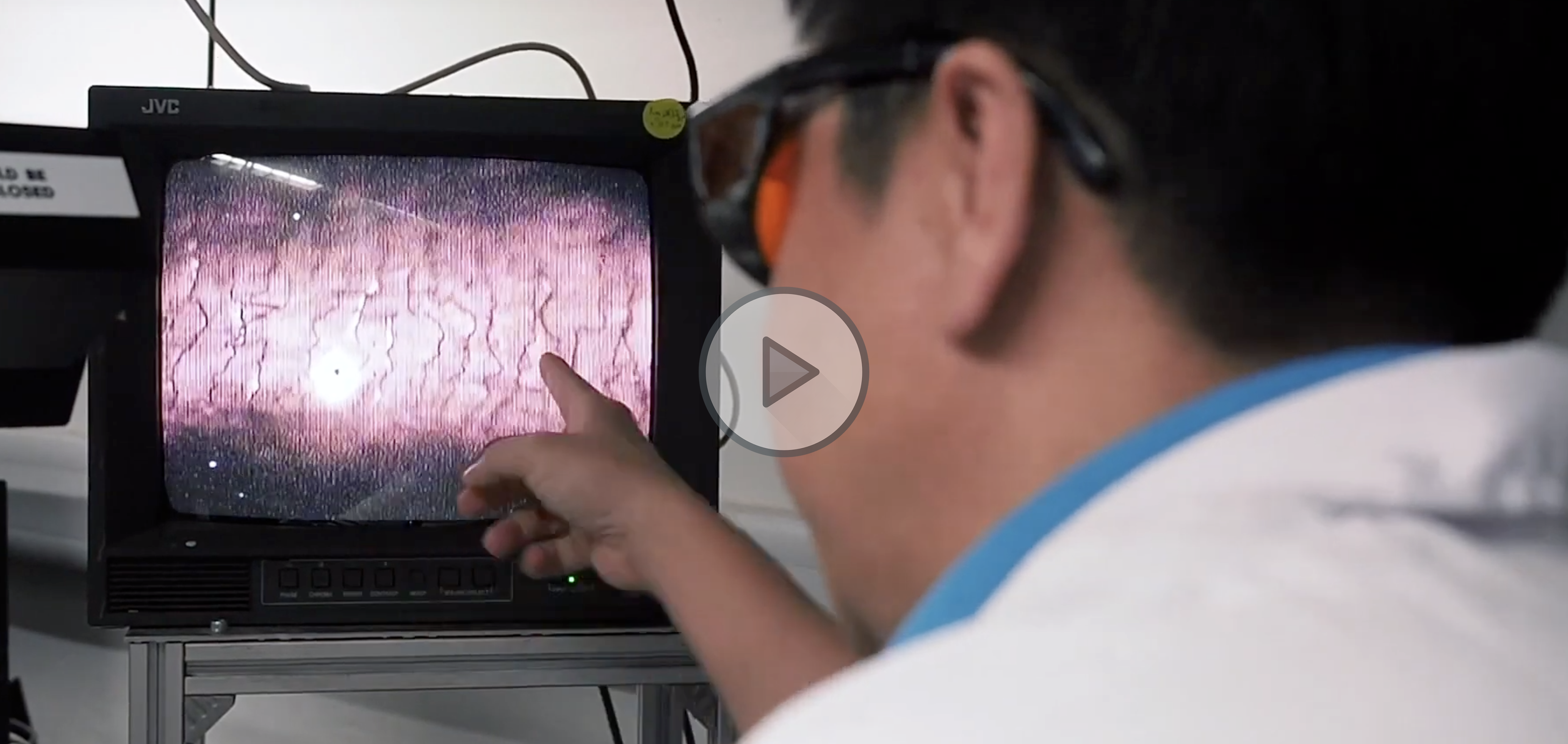
Prof Sow Chorng Haur
Department of Physics
Prof Sow obtained his B.Sc. in 1991 and M.Sc. in Physics in 1993 from NUS, and his Ph.D. in 1998 from the University of Chicago. He was a postdoctoral fellow at (then) Bell Laboratories, Lucent Technologies before joining NUS in 2001. His research interests include carbon nanotubes and graphene, and studies of nanostructured functional materials and their unique physical properties. He has authored and co-authored many papers in the field of nanoscience and nanomaterials. He has received 11 teaching awards. Prof Sow is currently Head of the Department of Physics.
The Little Laser that Could
Nanoscale materials have attracted great interest in recent years. Low-dimensional systems such as two-dimensional (2D) materials, nanoparticles, nanorods, nanowalls or networks show great potential as important components for nanoscale devices with various interesting functions. With these efforts, a wide variety of nanostructured materials has been investigated. After the synthesis of nanomaterials, the properties of nanomaterials should be modified to improve their functionality. If we can create micro-patterns on these as-grown nanomaterials, it can further expand their potential applications. Here, Prof Sow uses a focused laser beam as a versatile tool for micro-patterning and micro-structuring a wide variety of micro- and nanomaterials.
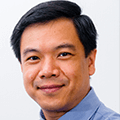
Statistics
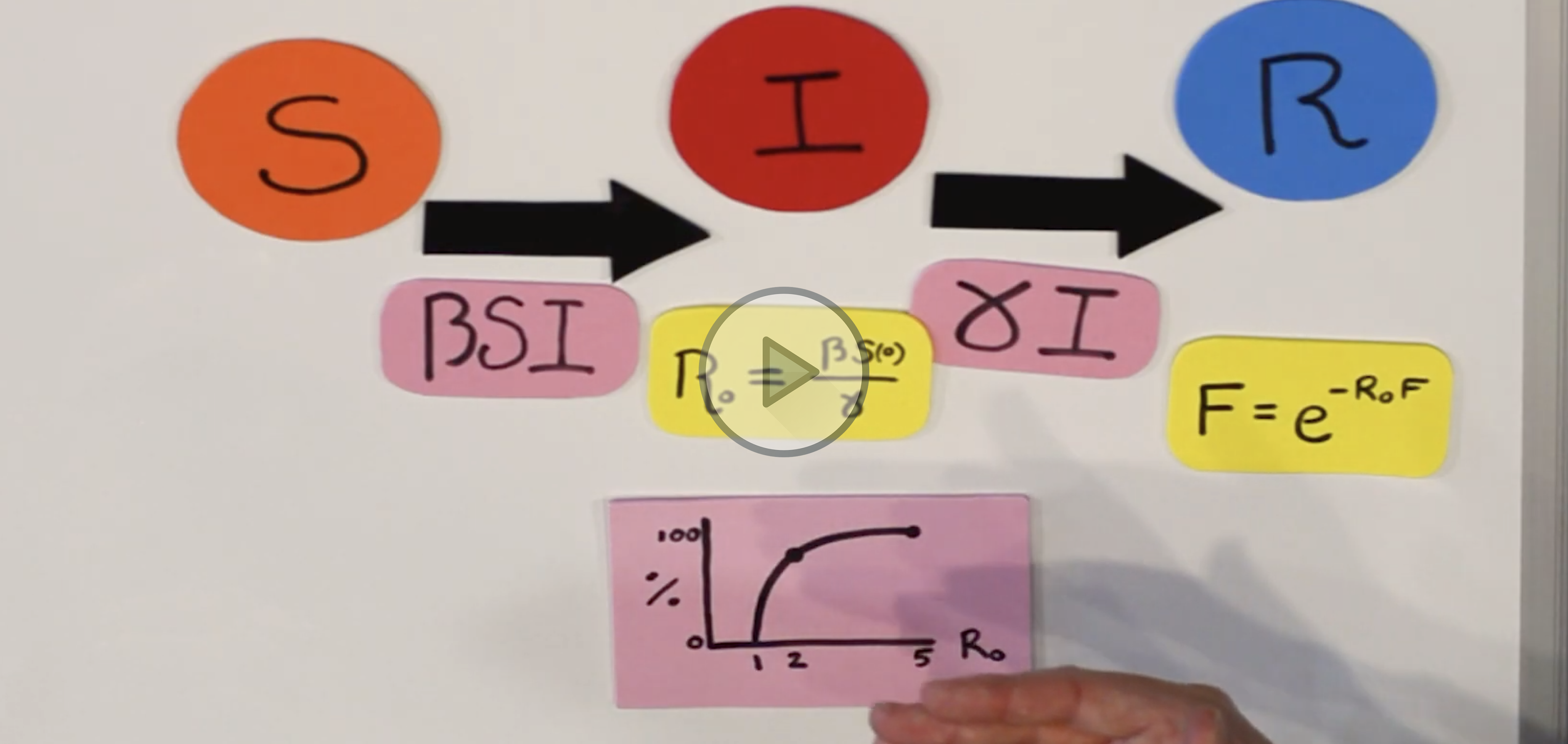
Prof Adrian Roellin
Department of Statistics and Applied Probability
Prof Roellin has a Ph.D. in Mathematics from the University of Zürich, and after postdoctoral positions at the University of Oxford and the Institute for Social and Preventive Medicine, he joined NUS in 2009, where he is currently an Associate Professor at the Department of Statistics and Applied Probability.
Prof Alex Cook
Saw Swee Hock School of Public Health
Department of Statistics and Applied Probability
Prior to joining NUS in 2008, Prof Cook worked or studied at Cambridge University, Heriot-Watt University, and Biomathematics and Statistics Scotland. He is an Associate Professor at the Saw Swee Hock School of Public Health, where he is also the Vice Dean of Research and the leader of the biostatistics and modelling domain. He is also Associate Professor at NUS’ Department of Statistics and Applied Probability, and holds other appointments at Duke-NUS Medical School, Yong Loo Lin School of Medicine, the National Centre for Infectious Diseases and the Ministry of Health.
How Statisticians Model the Spread of COVID-19
The Ministry of Health works closely with researchers from NUS to make informed decisions about the spread of COVID-19 in Singapore. Profs Adrian Roellin and Alex Cook discuss the basic mathematical tools that go into understanding and predicting the present coronavirus epidemic.
